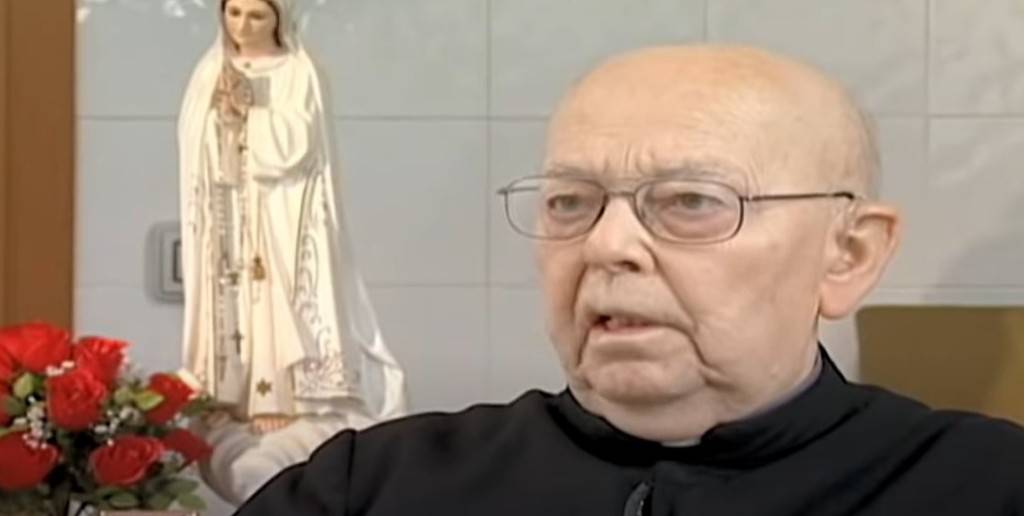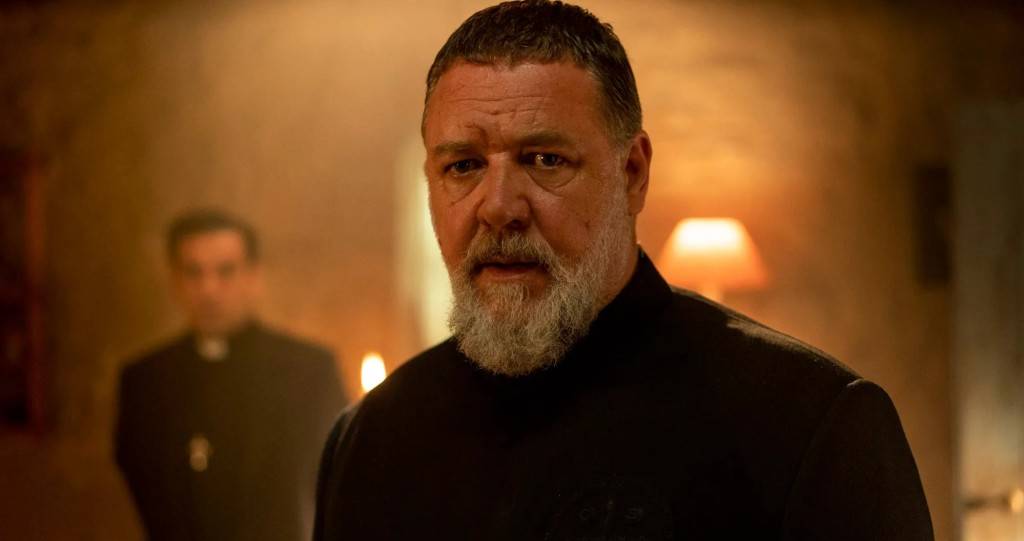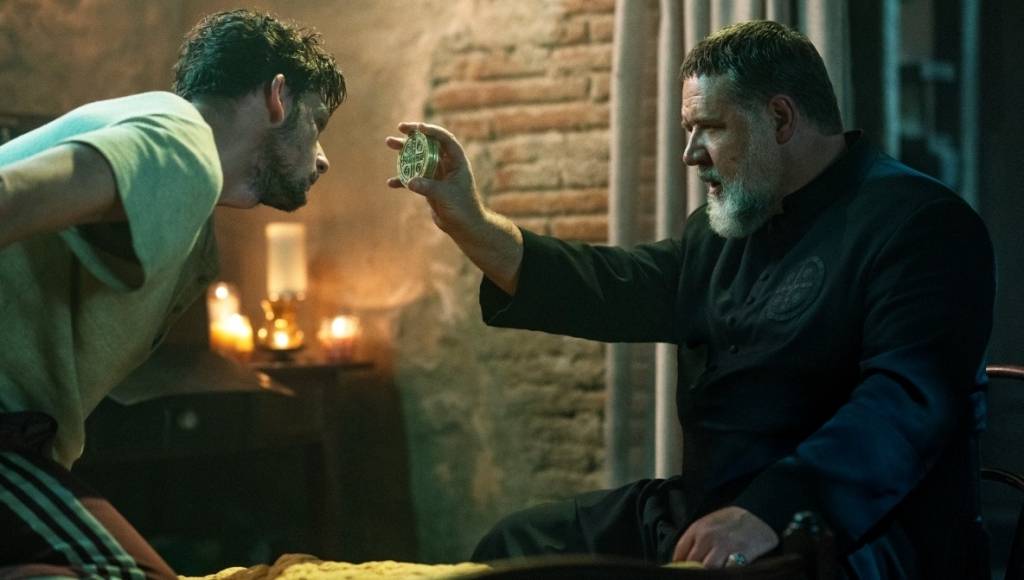In Julius Avery’s debut horror film, “The Pope’s Exorcist,” Russell Crowe plays the lead role. It centres on Father Gabriele Amorth, an exorcist who looks into the frightening case of a little kid being possessed. Amorth uncovers a centuries-old plot that the Vatican had managed to keep under wraps all this time in order to solve the mystery and free the boy of the demonic force. Together with Crowe, other notable actors in the supernatural horror movie include Daniel Zovatto, Alex Essoe, Franco Nero, Laurel Marsden, and Peter DeSouza-Feighoney.
Although while one’s believe in ghosts and other supernatural beings is personal, some horror stories cause people to scratch their heads and wonder, as is the case with the plot of “The Pope’s Exorcist.” Even if the entire story seems fantastical, many of you will probably wonder if there is any connection to reality in some of the movie’s scenes. Now let’s investigate this and find out whether that’s the case.
Is The Pope’s Exorcist a True Story?
Yes, “The Pope’s Exorcist” is inspired by a real-life event. In order to compose the suspenseful screenplay for the Julius Avery-directed film, authors Michael Petroni, Evan Spiliotopoulos, R. Dean McCreary, Chester Hastings, and Jeff Katz drew inspiration from Gabriele Amorth’s memoirs, “An Exorcist Tells His Story” and “An Exorcist: More Tales.”
After fighting in World War II against Italian fascism, Father Gabriele Amorth was a real and well-known priest who was originally consecrated as a Catholic priest in 1954. Years later, in June 1986, he was hired as an exorcist for the Diocese of Rome. Six years later, in 1992, he was elevated to Chief Exorcist of the Vatican. Amorth is said to have done about 160,000 exorcisms over the course of his 30-year career, though this number has been challenged over time.
After turning down numerous offers from various film companies over the years, Amorth offered producer Michael Patrick Kaczmarek the rights to his works before he passed away in 2016 at the age of 91. “I feel I was able to succeed where other producers failed in that I was able to convince Father Amorth about my real religious dedication,” the latter said in the film’s production notes. Kaczmarek lauded screenwriter Michael Petroni, adding, “He did a terrific job of incorporating authentic Latin prayers from the book Catholic exorcists use in their practise. He was hired to write a unique plot.” He greatly increased the script’s authenticity.

The themes of possession and exorcism have been handled in other movies throughout the years, aside from “The Pope’s Exorcist,” which is another reason why many of you find them recognisable and realistic. The Vatican Tapes, The Nun, The Exorcism of Emily Rose, The Conjuring, and The Exorcist all deal with related topics. So, it is accurate to say that “The Pope’s Exorcist” is based on Father Gabriele Amorth’s real-life memoirs rather than a particular true story.


